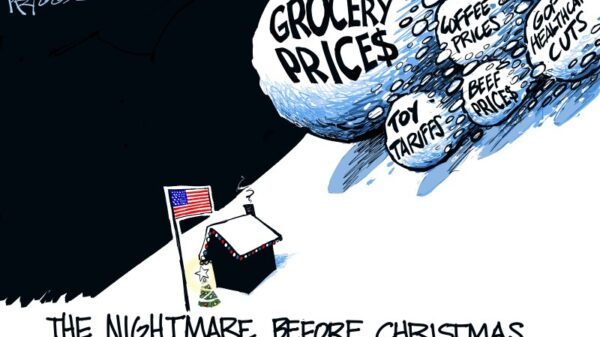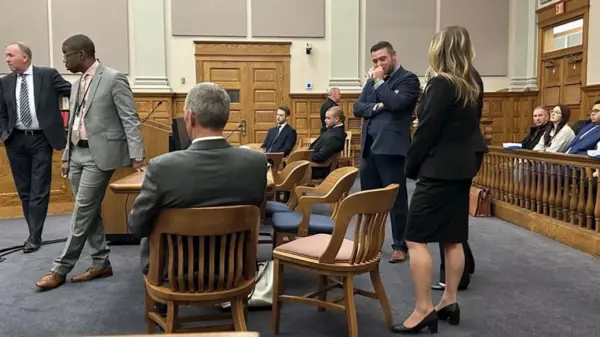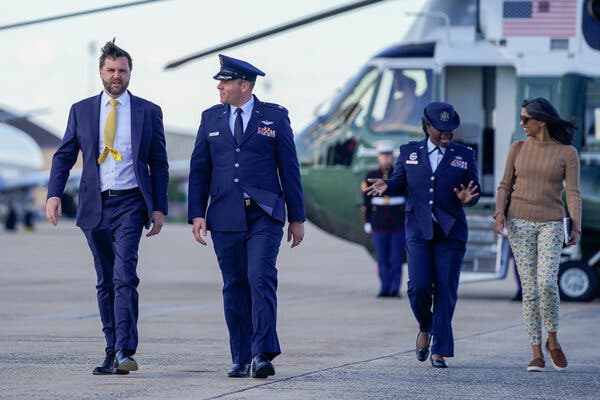Vice President JD Vance is set to arrive in Israel on Tuesday morning, aiming to reinforce the delicate cease-fire agreement in Gaza. This truce, established earlier this month, marks a significant step in the ongoing conflict between Israel and Hamas, following negotiations led by the administration of former President Donald Trump.
The cease-fire, which came into effect around October 13, 2023, involved a mutual agreement: Hamas released 20 Israeli hostages, while Israel reciprocated by freeing nearly 2,000 Palestinian prisoners. Despite this progress, tensions have escalated ahead of Vance’s visit, which is scheduled to last until Thursday.
Escalating Tensions Ahead of Diplomatic Talks
Recent violence has put the cease-fire under strain. On Sunday, Palestinian militants attacked Israeli soldiers in the southern Gaza city of Rafah, resulting in the deaths of two soldiers. Israel responded with airstrikes, claiming the lives of 45 Palestinians, according to health officials in Gaza. Although this round of violence was brief, analysts caution that the cease-fire may face further tests.
In a speech to the Knesset, Israel’s Parliament, Prime Minister Benjamin Netanyahu outlined the agenda for his discussions with Vance. “We will talk about two things, mainly the security challenges and the diplomatic opportunities we face,” he remarked, expressing confidence in overcoming these challenges.
Vance will be accompanied by Steve Witkoff, the U.S. Mideast envoy, and Jared Kushner, who played key roles in negotiating the cease-fire alongside Egyptian, Qatari, and Turkish mediators. Their presence underscores the urgency of maintaining the truce and establishing a broader framework for peace.
Challenges in Implementing the Cease-Fire Agreement
The cease-fire aims to lay the groundwork for a postwar vision in Gaza, which includes the disarmament of Hamas fighters and the establishment of an international security force. However, Hamas has expressed significant reservations, particularly regarding the disarmament of its military capabilities. Both factions have yet to fulfill crucial aspects of the cease-fire agreement, complicating the path toward a lasting resolution.
Notably, the remains of 15 hostages, which Hamas is obligated to return under the cease-fire terms, remain in Gaza. Hamas officials have cited the extensive devastation caused by two years of conflict as a barrier to retrieving the bodies. In response, Israeli officials, including Netanyahu, have accused Hamas of breaching the agreement by failing to return the remains promptly. This situation has prompted Israel to keep the Rafah crossing, crucial for civilian movement, closed until further notice, despite the cease-fire’s stipulations for its reopening.
As Vance embarks on this diplomatic mission, the stakes are high. The fragile agreement’s longevity will depend on the commitment of both sides to adhere to the terms and navigate the complexities that lie ahead in the region.






































































